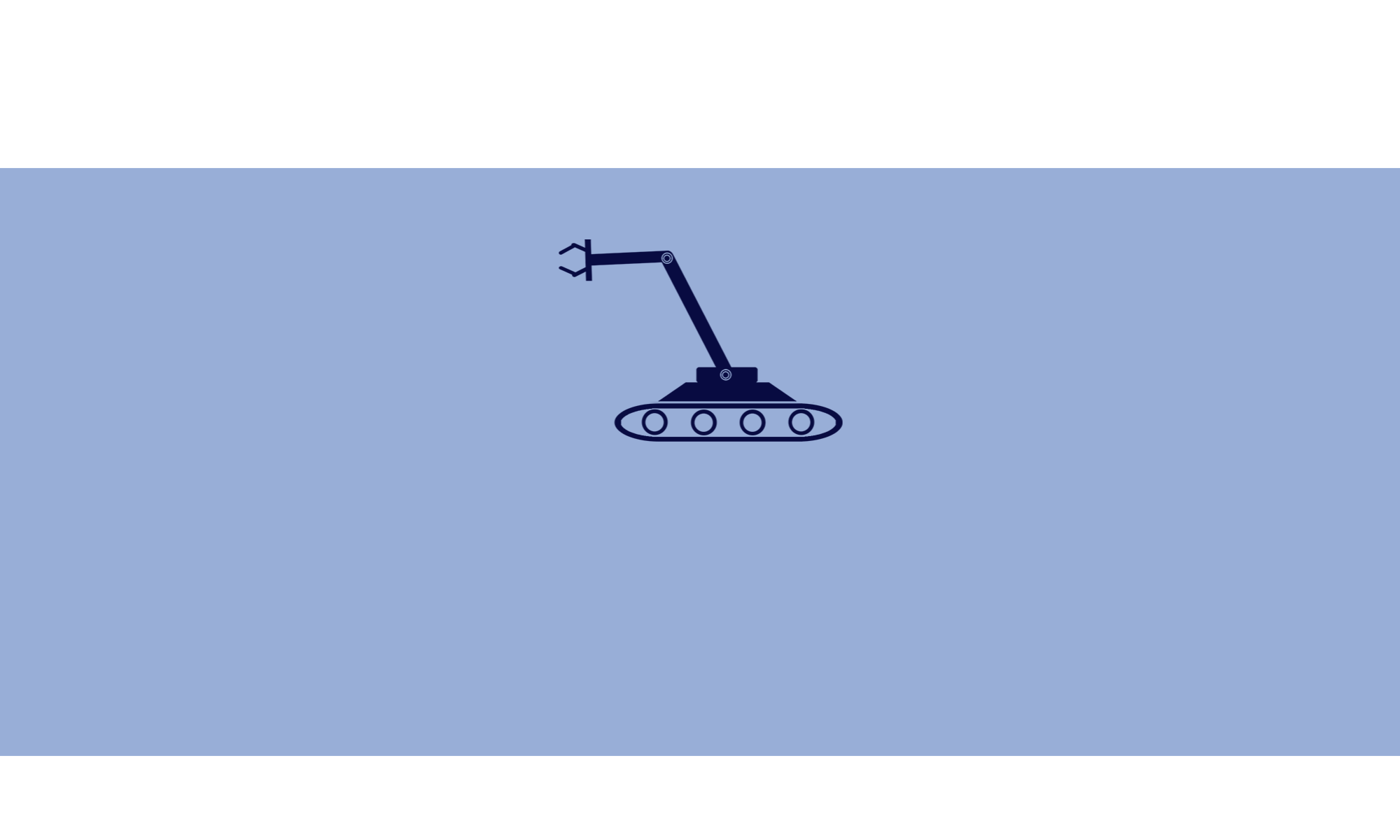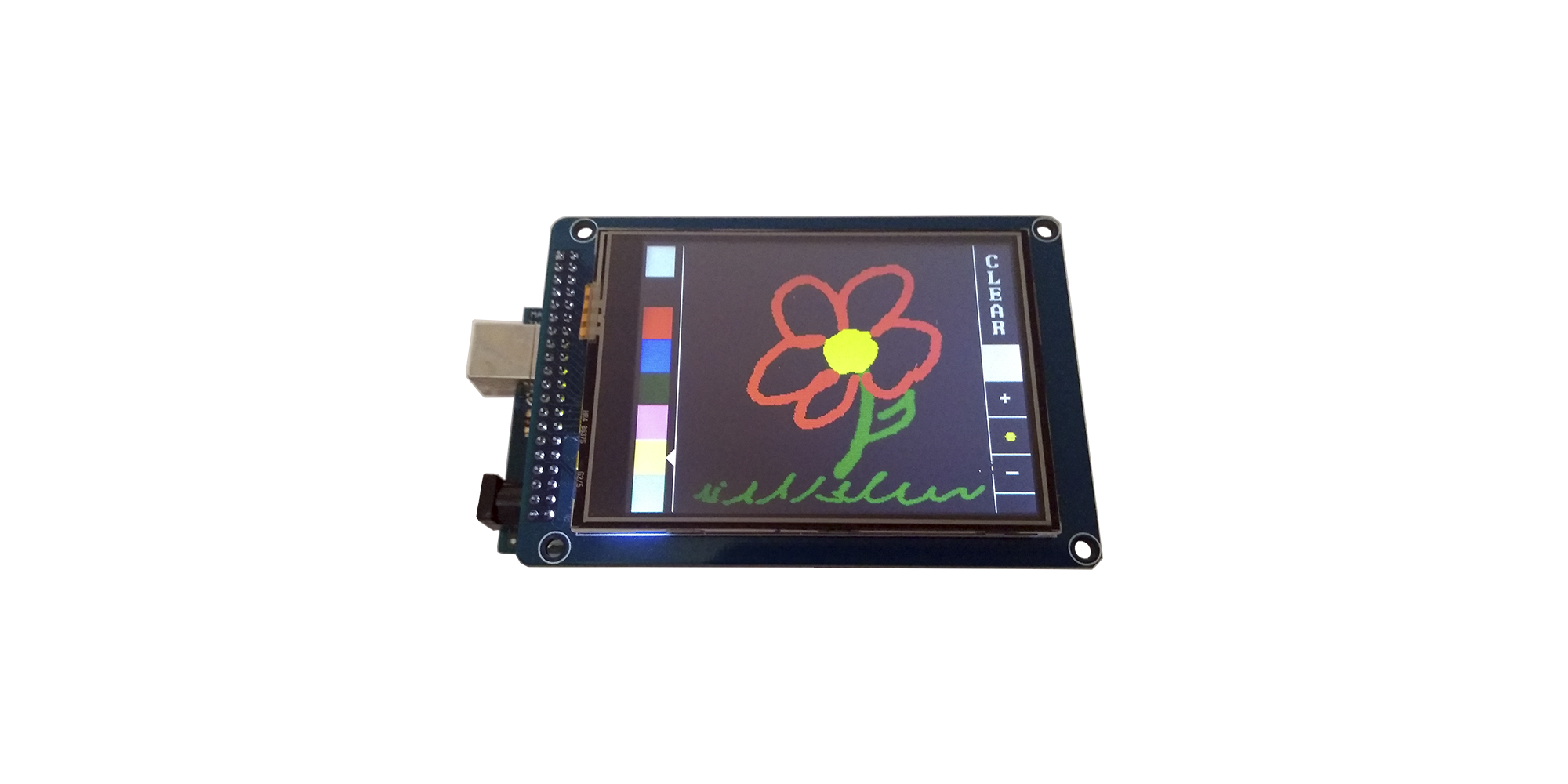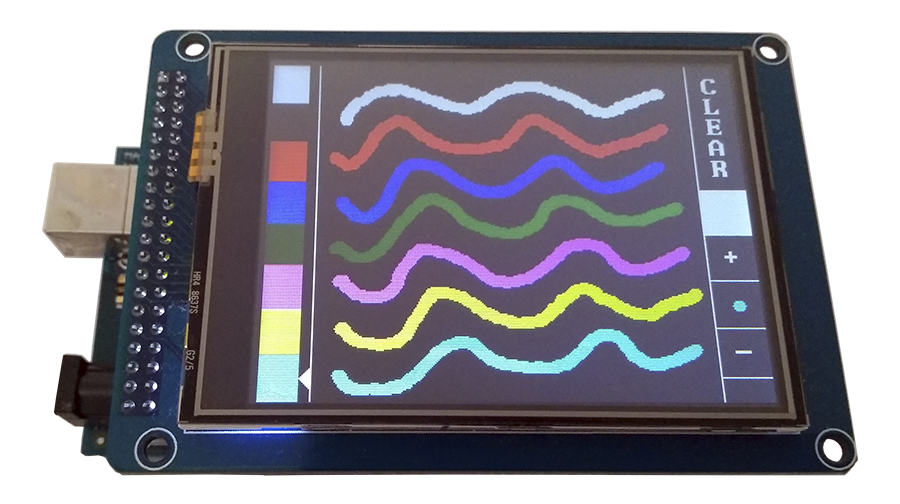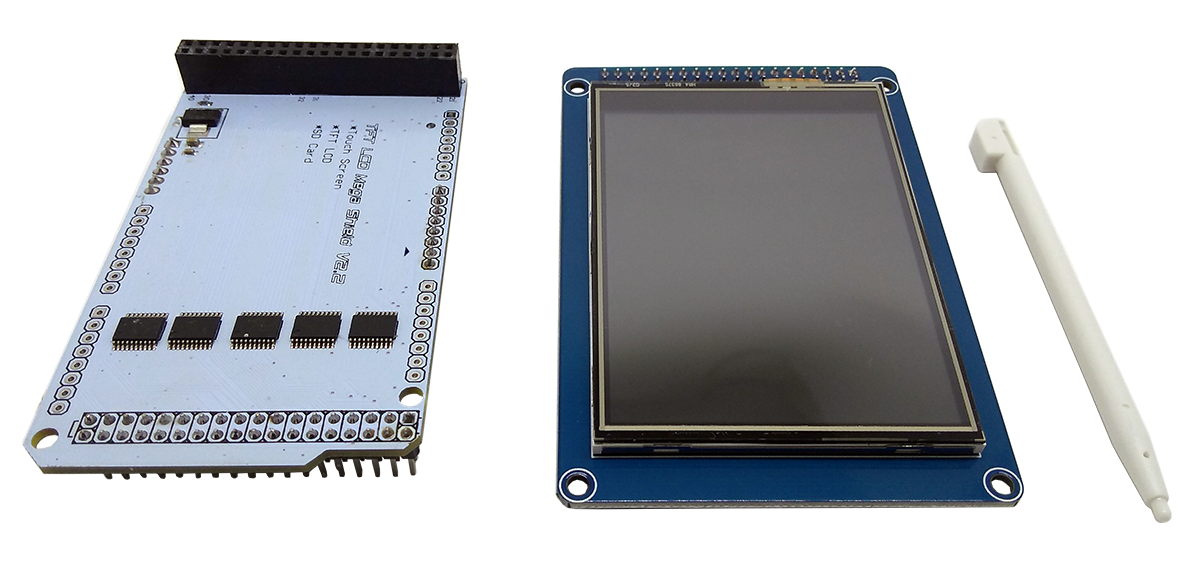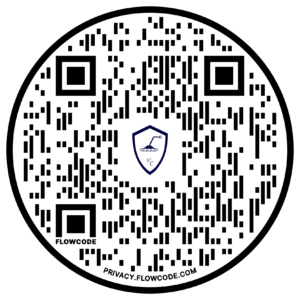Display LCD TFT 3.2” Touch Screen contribui para ampliar a visualização das informações, facilitando a leitura de dados e aumentando a interação com o operador/usuário. É perfeito para a criação ou aprimoramento de projetos, com uma interface simples e com uma capacidade de exibir em tempo real informações por apenas um toque na tela.
TFT SHIELD de Acoplamento para Arduino Mega
O TFT Shield de Acoplamento é totalmente montado, não precisando de nenhuma fiação ou solda, bastando apenas encaixar os pinos ao Arduino Mega e posteriormente somente fixar o Display no Shield de Acoplamento e, então, está pronto para uso.
Especificações do Display LCD TFT 3.2” Touch Screen
-
- Display driver: ILI9341
- Chip de controle do painel de toque: XPT2046
- Regulador de tensão 3.3 v
- Um soquete de cartão SD
- Formato RGB565 de 16 bits
- Pode ser conduzido por 8051/AVR/PIC e outros controladores de baixa potência
- Resolução: 240×320 pontos
- Tela: 262K Cores
Especificações SHIELD de Acoplamento para Arduino Mega
-
- Compatível com Arduino MEGA
- Tensão de funcionamento: 3.3V
- Ótima solução para a conexão com o Módulo Display TFT
- Suporta módulo Display TFT de 2,4 ” ou 3,2″
- Suporta modo 8 bits ou modo 16 bits
Aplicação
Primeiramente, precisamos adquirir um Display LCD TFT 3.2” Touch Screen, um Shield de acoplamento e um Arduino Mega. Em seguida, é preciso fazer as junções do Shield de Acoplamento no Arduino e do Display no Shield.
Feito isso, precisaremos incluir as bibliotecas UTFT.h e URTouch.h.
Código 1
Partindo para o código, escolheremos, primeiramente, o exemplo mais simples: o URTouch_QuickDraw da biblioteca URTouch.h. Então, fazendo algumas modificações, finalmente, podemos carregar o código no Arduino.
#include <UTFT.h> #include <URTouch.h> // Initialize display // ------------------ // Set the pins to the correct ones for your development board // ----------------------------------------------------------- // Standard Arduino Uno/2009 Shield : <display model>,19,18,17,16 // Standard Arduino Mega/Due shield : <display model>,38,39,40,41 // CTE TFT LCD/SD Shield for Arduino Due : <display model>,25,26,27,28 // Teensy 3.x TFT Test Board : <display model>,23,22, 3, 4 // ElecHouse TFT LCD/SD Shield for Arduino Due : <display model>,22,23,31,33 // // Remember to change the model parameter to suit your display module! UTFT myGLCD(ILI9341_16, 38, 39, 40, 41); // Display driver ILI9341 // Initialize touchscreen // ---------------------- // Set the pins to the correct ones for your development board // ----------------------------------------------------------- // Standard Arduino Uno/2009 Shield : 15,10,14, 9, 8 // Standard Arduino Mega/Due shield : 6, 5, 4, 3, 2 // CTE TFT LCD/SD Shield for Arduino Due : 6, 5, 4, 3, 2 // Teensy 3.x TFT Test Board : 26,31,27,28,29 // ElecHouse TFT LCD/SD Shield for Arduino Due : 25,26,27,29,30 // URTouch myTouch( 6, 5, 4, 3, 2); void setup() { myGLCD.InitLCD(); myGLCD.clrScr(); myTouch.InitTouch(); myTouch.setPrecision(PREC_MEDIUM); } void loop() { long x, y; while (myTouch.dataAvailable() == true) { myTouch.read(); x = myTouch.getX(); y = myTouch.getY(); if ((x != -1) and (y != -1)) { myGLCD.drawPixel (x, -y + 240); // Alteração para ajustar ao modelo } } }
Muito importante é saber qual o modelo do seu display driver para fazer a mudança no código, pois, caso não seja feita, não funcionará.
Outra mudança para o correto funcionamento do display, foi nas coordenadas y, pois, neste display utilizado, quando passava a caneta touch no sentido vertical, o movimento da direção estava invertido e então foi necessário fazer um ajustamento.
Então, agora, é só pegar a caneta touch e fazer alguns rabiscos na tela e observar os movimentos.
Código 2
Partindo para o segundo código URTouch_ButtonTestn, percebemos que é um exemplo mais interessante onde aparece 10 dígitos para digitar e gravar na tela.
#include <UTFT.h> #include <URTouch.h> // Initialize display // ------------------ // Set the pins to the correct ones for your development board // ----------------------------------------------------------- // Standard Arduino Uno/2009 Shield : <display model>,19,18,17,16 // Standard Arduino Mega/Due shield : <display model>,38,39,40,41 // CTE TFT LCD/SD Shield for Arduino Due : <display model>,25,26,27,28 // Teensy 3.x TFT Test Board : <display model>,23,22, 3, 4 // ElecHouse TFT LCD/SD Shield for Arduino Due : <display model>,22,23,31,33 // // Remember to change the model parameter to suit your display module! UTFT myGLCD(ILI9341_16, 38, 39, 40, 41); // Initialize touchscreen // ---------------------- // Set the pins to the correct ones for your development board // ----------------------------------------------------------- // Standard Arduino Uno/2009 Shield : 15,10,14, 9, 8 // Standard Arduino Mega/Due shield : 6, 5, 4, 3, 2 // CTE TFT LCD/SD Shield for Arduino Due : 6, 5, 4, 3, 2 // Teensy 3.x TFT Test Board : 26,31,27,28,29 // ElecHouse TFT LCD/SD Shield for Arduino Due : 25,26,27,29,30 // URTouch myTouch( 6, 5, 4, 3, 2); // Declare which fonts we will be using extern uint8_t BigFont[]; int x, y; char stCurrent[20] = ""; int stCurrentLen = 0; char stLast[20] = ""; /************************* ** Custom functions ** *************************/ void drawButtons() { // Draw the upper row of buttons for (x = 0; x < 5; x++) { myGLCD.setColor(0, 0, 255); myGLCD.fillRoundRect (10 + (x * 60), 10, 60 + (x * 60), 60); myGLCD.setColor(255, 255, 255); myGLCD.drawRoundRect (10 + (x * 60), 10, 60 + (x * 60), 60); myGLCD.printNumI(x + 1, 27 + (x * 60), 27); } // Draw the center row of buttons for (x = 0; x < 5; x++) { myGLCD.setColor(0, 0, 255); myGLCD.fillRoundRect (10 + (x * 60), 70, 60 + (x * 60), 120); myGLCD.setColor(255, 255, 255); myGLCD.drawRoundRect (10 + (x * 60), 70, 60 + (x * 60), 120); if (x < 4) myGLCD.printNumI(x + 6, 27 + (x * 60), 87); } myGLCD.print("0", 267, 87); // Draw the lower row of buttons myGLCD.setColor(0, 0, 255); myGLCD.fillRoundRect (10, 130, 150, 180); myGLCD.setColor(255, 255, 255); myGLCD.drawRoundRect (10, 130, 150, 180); myGLCD.print("Clear", 40, 147); myGLCD.setColor(0, 0, 255); myGLCD.fillRoundRect (160, 130, 300, 180); myGLCD.setColor(255, 255, 255); myGLCD.drawRoundRect (160, 130, 300, 180); myGLCD.print("Enter", 190, 147); myGLCD.setBackColor (0, 0, 0); } void updateStr(int val) { if (stCurrentLen < 20) { stCurrent[stCurrentLen] = val; stCurrent[stCurrentLen + 1] = '\0'; stCurrentLen++; myGLCD.setColor(0, 255, 0); myGLCD.print(stCurrent, LEFT, 224); } else { myGLCD.setColor(255, 0, 0); myGLCD.print("BUFFER FULL!", CENTER, 192); delay(500); myGLCD.print(" ", CENTER, 192); delay(500); myGLCD.print("BUFFER FULL!", CENTER, 192); delay(500); myGLCD.print(" ", CENTER, 192); myGLCD.setColor(0, 255, 0); } } // Draw a red frame while a button is touched void waitForIt(int x1, int y1, int x2, int y2) { myGLCD.setColor(255, 0, 0); myGLCD.drawRoundRect (x1, y1, x2, y2); while (myTouch.dataAvailable()) myTouch.read(); myGLCD.setColor(255, 255, 255); myGLCD.drawRoundRect (x1, y1, x2, y2); } /************************* ** Required functions ** *************************/ void setup() { // Initial setup myGLCD.InitLCD(); myGLCD.clrScr(); myTouch.InitTouch(); myTouch.setPrecision(PREC_MEDIUM); myGLCD.setFont(BigFont); myGLCD.setBackColor(0, 0, 255); drawButtons(); } void loop() { while (true) { if (myTouch.dataAvailable()) { myTouch.read(); x = myTouch.getX(); y = myTouch.getY(); if ((y >= 190) && (y <= 300)) // Upper row --------------------- { if ((x >= 10) && (x <= 60)) // Button: 1 { waitForIt(10, 10, 60, 60); updateStr('1'); } if ((x >= 70) && (x <= 120)) // Button: 2 { waitForIt(70, 10, 120, 60); updateStr('2'); } if ((x >= 130) && (x <= 180)) // Button: 3 { waitForIt(130, 10, 180, 60); updateStr('3'); } if ((x >= 190) && (x <= 240)) // Button: 4 { waitForIt(190, 10, 240, 60); updateStr('4'); } if ((x >= 250) && (x <= 300)) // Button: 5 { waitForIt(250, 10, 300, 60); updateStr('5'); } } if ((y >= 120) && (y <= 180)) // Center row -------------------------- { if ((x >= 10) && (x <= 60)) // Button: 6 { waitForIt(10, 70, 60, 120); updateStr('6'); } if ((x >= 70) && (x <= 120)) // Button: 7 { waitForIt(70, 70, 120, 120); updateStr('7'); } if ((x >= 130) && (x <= 180)) // Button: 8 { waitForIt(130, 70, 180, 120); updateStr('8'); } if ((x >= 190) && (x <= 240)) // Button: 9 { waitForIt(190, 70, 240, 120); updateStr('9'); } if ((x >= 250) && (x <= 300)) // Button: 0 { waitForIt(250, 70, 300, 120); updateStr('0'); } } if ((y >= 10) && (y <= 100)) // Upper row ---------------------------- { if ((x >= 10) && (x <= 150)) // Button: Clear { waitForIt(10, 130, 150, 180); stCurrent[0] = '\0'; stCurrentLen = 0; myGLCD.setColor(0, 0, 0); myGLCD.fillRect(0, 224, 319, 239); } if ((x >= 160) && (x <= 300)) // Button: Enter { waitForIt(160, 130, 300, 180); if (stCurrentLen > 0) { for (x = 0; x < stCurrentLen + 1; x++) { stLast[x] = stCurrent[x]; } stCurrent[0] = '\0'; stCurrentLen = 0; myGLCD.setColor(0, 0, 0); myGLCD.fillRect(0, 208, 319, 239); myGLCD.setColor(0, 255, 0); myGLCD.print(stLast, LEFT, 208); } else { myGLCD.setColor(255, 0, 0); myGLCD.print("BUFFER EMPTY", CENTER, 192); delay(500); myGLCD.print(" ", CENTER, 192); delay(500); myGLCD.print("BUFFER EMPTY", CENTER, 192); delay(500); myGLCD.print(" ", CENTER, 192); myGLCD.setColor(0, 255, 0); } } } } } }
Com as devidas alterações no exemplo das coordenadas para se ajustar ao nosso display, conseguiremos trabalhar perfeitamente esse código.
Código3
Finalmente, o último exemplo URTouch_QuickPain é um pouco mais interessante onde podemos fazer desenhos na tela com outras cores.
#include <UTFT.h> #include <URTouch.h> // Initialize display // ------------------ // Set the pins to the correct ones for your development board // ----------------------------------------------------------- // Standard Arduino Uno/2009 Shield : <display model>,19,18,17,16 // Standard Arduino Mega/Due shield : <display model>,38,39,40,41 // CTE TFT LCD/SD Shield for Arduino Due : <display model>,25,26,27,28 // Teensy 3.x TFT Test Board : <display model>,23,22, 3, 4 // ElecHouse TFT LCD/SD Shield for Arduino Due : <display model>,22,23,31,33 // // Remember to change the model parameter to suit your display module! //UTFT myGLCD(ITDB32S,38,39,40,41); UTFT myGLCD(ILI9341_16,38,39,40,41); // Modelo ILI9341 // Initialize touchscreen // ---------------------- // Set the pins to the correct ones for your development board // ----------------------------------------------------------- // Standard Arduino Uno/2009 Shield : 15,10,14, 9, 8 // Standard Arduino Mega/Due shield : 6, 5, 4, 3, 2 // CTE TFT LCD/SD Shield for Arduino Due : 6, 5, 4, 3, 2 // Teensy 3.x TFT Test Board : 26,31,27,28,29 // ElecHouse TFT LCD/SD Shield for Arduino Due : 25,26,27,29,30 // URTouch myTouch( 6, 5, 4, 3, 2); // Declare which fonts we will be using extern uint8_t BigFont[]; int color = 0; word colorlist[] = {VGA_WHITE, VGA_BLACK, VGA_RED, VGA_BLUE, VGA_GREEN, VGA_FUCHSIA, VGA_YELLOW, VGA_AQUA}; int bsize = 4; void drawColorMarkerAndBrushSize(int col) { myGLCD.setColor(VGA_BLACK); myGLCD.fillRect(25, 0, 31, 239); myGLCD.fillRect(myGLCD.getDisplayXSize()-31, 161, myGLCD.getDisplayXSize()-1, 191); myGLCD.setColor(VGA_WHITE); myGLCD.drawPixel(25, (col*30)+15); for (int i=1; i<7; i++) myGLCD.drawLine(25+i, ((col*30)+15)-i, 25+i, ((col*30)+15)+i); if (color==1) myGLCD.setColor(VGA_WHITE); else myGLCD.setColor(colorlist[col]); if (bsize==1) myGLCD.drawPixel(myGLCD.getDisplayXSize()-15, 177); else myGLCD.fillCircle(myGLCD.getDisplayXSize()-15, 177, bsize); myGLCD.setColor(colorlist[col]); } void setup() { myGLCD.InitLCD(); myGLCD.clrScr(); myGLCD.setFont(BigFont); myTouch.InitTouch(); myTouch.setPrecision(PREC_HI); myGLCD.setColor(VGA_WHITE); myGLCD.drawLine(32,0,32,myGLCD.getDisplayYSize()-1); myGLCD.drawLine(myGLCD.getDisplayXSize()-32,0,myGLCD.getDisplayXSize()-32,myGLCD.getDisplayYSize()-1); myGLCD.print("C", myGLCD.getDisplayXSize()-24, 8); myGLCD.print("L", myGLCD.getDisplayXSize()-24, 24); myGLCD.print("E", myGLCD.getDisplayXSize()-24, 40); myGLCD.print("A", myGLCD.getDisplayXSize()-24, 56); myGLCD.print("R", myGLCD.getDisplayXSize()-24, 72); myGLCD.print("+", myGLCD.getDisplayXSize()-24, 136); myGLCD.print("-", myGLCD.getDisplayXSize()-24, 200); myGLCD.fillRect(myGLCD.getDisplayXSize()-32,96,myGLCD.getDisplayXSize()-1,128); myGLCD.drawLine(myGLCD.getDisplayXSize()-32,160,myGLCD.getDisplayXSize()-1,160); myGLCD.drawLine(myGLCD.getDisplayXSize()-32,192,myGLCD.getDisplayXSize()-1,192); myGLCD.drawLine(myGLCD.getDisplayXSize()-32,224,myGLCD.getDisplayXSize()-1,224); for (int i=0; i<8; i++) { myGLCD.setColor(colorlist[i]); myGLCD.fillRect(0, (i*30), 24, (((i+1)*30)-1)); } drawColorMarkerAndBrushSize(color); } void loop() { long x, y; while (myTouch.dataAvailable() == true) { myTouch.read(); x = myTouch.getX(); y = myTouch.getY(); if ((x!=-1) and (y!=-1)) { if (x>(31+bsize) and (x<myGLCD.getDisplayXSize()-(31+bsize))) { if (bsize==1) // myGLCD.drawPixel(x, y); myGLCD.drawPixel(x, -y+240); // Alterado para se adequar às coordenadas do Display else //myGLCD.fillCircle(x, y, bsize); myGLCD.fillCircle(x, -y + 240, bsize); //Alterado para se adequar às coordenadas do Display } else { if (x<(30+bsize)) { if (y<240) { //color = (y / 30); color = -(y / 30) + 7; // Alterado para se adequar às coordenadas do Display drawColorMarkerAndBrushSize(color); while (myTouch.dataAvailable()) {}; delay(50); } } else { //if (y<96) if ((y>150) and (y<240)) // Alterado para se adequar às coordenadas do Display { myGLCD.setColor(VGA_BLACK); myGLCD.fillRect(33, 0, myGLCD.getDisplayXSize()-33, myGLCD.getDisplayYSize()-1); myGLCD.setColor(colorlist[color]); } // if ((y>128) and (y<160)) if ((y>80) and (y<120)) // Alterado para se adequar às coordenadas do Display { if (bsize<7) { bsize++; drawColorMarkerAndBrushSize(color); while (myTouch.dataAvailable()) {}; delay(50); } } //if ((y>160) and (y<192)) if ((y>40) and (y<60)) // Alterado para se adequar às coordenadas do Display { bsize=4; drawColorMarkerAndBrushSize(color); while (myTouch.dataAvailable()) {}; delay(50); } // if ((y>192) and (y<224)) if (y < 30) // Alterado para se adequar às coordenadas do Display { if (bsize>1) { bsize--; drawColorMarkerAndBrushSize(color); while (myTouch.dataAvailable()) {}; delay(50); } } } } } } }
Existe, então, uma variedade de aplicações com esse Display LCD TFT 3.2” Touch Screen onde se pode deixar o seu projeto com muito mais requinte.
